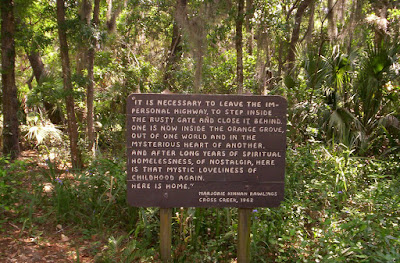 I have a special guest on my blog today, the talented author and presenter, Jill Murray. Welcome Jill! You are the first guest I've had on my blog, and I'm delighted that you agreed to join me here and be interviewed.
I have a special guest on my blog today, the talented author and presenter, Jill Murray. Welcome Jill! You are the first guest I've had on my blog, and I'm delighted that you agreed to join me here and be interviewed.Jill is the author of two YA novels: the critically acclaimed Break On Through (http://www.jillmurray.com/books/break-on-through/), and the brand new Rhythm & Blues (http://www.jillmurray.com/books/rhythm-and-blues/), both published by Doubleday Canada. In 2010, Jill created Y-Eh net, a blog tour for Canadian kid lit authors. That's how the two of us met, in fact. You can find out lots more about Jill at http://www.jillmurray.com/about-me/
Now, let's get on with our interview!
Peggy: In my latest YA novel, Growing Up Ivy, (Dundurn, June 2010), young Ivy Chalmers loves to write. Abandoned by her mother, struggling to connect with her father, and thwarted by her uncompromising grandmother, Ivy often turns to her writing as therapy. Is writing every therapeutic for you?
Jill: I'm not a big writing-as-therapy writer. In fact, I've even written things into books and not noticed how they related to my own life until years later when someone pointed them out to me. I approach writing more like a big puzzle-invention-experiment-exercise. It feels like it's good for my brain in the same way solving word problems can be, and when it's going well, it feels nice to be SO clever. But I don't journal and I'm not a writer who needs to vent or "let it all out" on paper. Hey, it takes all kinds to fill a library, right?
Peggy: Very true!
Peggy: Before Ivy's actress mother leaves, hoping to find success on the stage in New York, the two live rich imaginary lives, peopled by the characters from classic fairy tales and literature. Discovering a library near her grandmother's home is a dream come true for Ivy. How big a part did the availability of books and the pleasure of reading play in your growing up years?
Jill: Books were huuuge in my childhood. My mother taught my brother and me to read before we could even hold utensils, and I can't remember there ever being a week we didn't go to the library together and come home with two big stacks of books. Just the smell of a library can take me back to my early childhood in a way few things can.
Peggy: What do you like to read today?
Jill: Today I have to have something to read at all times. If there are no books I'll even read takeout menus and the backs of cleaning products if I'm stranded waiting for something. I read a lot of YA and non-fiction, with some grown-up literary fiction mixed in.
Peggy: As they move from one dismal rooming house to the next, engaging in "make believe," Ivy's mother lets the girl choose an imaginary setting for their latest home. Will it be Shangri-La? The land of Oz? Crusoe's desert island? Where in the world of fiction would you go, if you could?
Jill: I want to shrink down to palm size and run with The Borrowers, behind the wainscoting.
Peggy: When she comes to live with her grandmother, Maud's front porch becomes Ivy's favourite place for writing. Mine is my kitchen table. Where in particular do you do most of your writing?
Jill: I do most of my writing in cafes. I love cafes. As a teenager I used to imagine myself working in cafes all day, and now I often do. Some dreams are more easily achieved than others.
Peggy: Very true, Jill! Now, one final question before I let you go. Ivy's first short story is rejected by Maclean's magazine, which in the 1930s used to publish several fiction pieces in each issue. What advice would you give the young writer to keep her from giving up?
Jill: I think the aspiring teenaged writer should take advantage of teenhood to read as much as possible and try writing every outlandish creative thing that crosses her mind. I'd even suggest experimenting with producing web sites and zines and shows.
For me, the best part of being a teenager was the limitless possibility of a life not-yet-written. Everyone should take full advantage of that feeling before adult expectations start to creep in and cramp your style. Publishing can definitely fall into that second category, And all the creative skills I developed as a creatively-out-of-control teen serve me really well today.
Peggy: Excellent advice for today's young writers, Jill. Thank you for being my guest here today and answering my questions. Continued good luck with your fabulous writing!
Jill: Thanks so much for hosting me on your blog!





